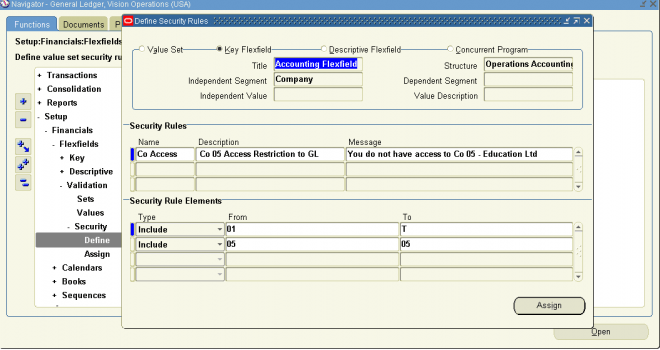

Browser data that is older than the length of time that you specify is automatically deleted. This setting is useful for users that work with sensitive data.Ĭhrome deletes expired data 15 seconds after the browser starts, and then every hour while the browser is running.
#Concurrent program parameter default value in access android
Device management modeĪvailable on Android devices, ChromeOS devices, and Chrome browser for Windows, Mac, and Linux.Ĭontrols how long Chrome keeps browser data, such as history, cookies, and passwords. Users are prompted to only enter the Chromebook machine name and choose their configuration, such as sales or engineering. Upload a configuration template to minimize the amount of information that users need to enter when they’re joining their devices to the Active Directory domain. For details, see Configure your domain to access the managed Google Play Store. Then, apps that you approve for the domain will automatically show up for users when they open the managed Google Play store.

To let Active Directory users access the Google Play Store, you need to upload the Active Directory Federation Services (AD FS) file. Only available if you manage ChromeOS devices with Active Directory For details, see Manage ChromeOS devices with Active Directory. You can see devices in your Google Admin console and domain controllers. Use the Device management mode setting, described below, to specify whether devices that are enrolled by users in the selected organizational unit are integrated to Active Directory. Selecting Enable Active Directory Management lets you manage ChromeOS devices using Microsoft Active Directory or your Admin console. For more details, see Manage policies for ChromeOS devices. For ChromeOS devices in an AD environment, we recommend using cloud-based Chrome management and Kerberos. Note: ChromeOS device management with Microsoft Active Directory (AD) is no longer available for new users. You must be signed in as a super administrator for this task. Let users choose to have a separate profile but forbid secondary managed accounts-Behaves the same as Let users choose to have a separate profile, except the newly created profile has no secondary accounts.User don’t check the box-The existing profile continues to exist.All existing browsing data is present in the new profile. Users check the box-The existing profile data is associated with the managed account.Local browsing data includes bookmarks, history, password, autofill data, open tabs, cookies, cache, web storage, extensions, and so on. When the profile is being created, users see a checkbox where they can choose to keep local browsing data and associate it with the managed account. The profile might also have secondary accounts. Let users choose to have a separate profile-The managed account is the primary account.Users can use their managed Google Account without having to create a separate profile. There is no restriction on managed accounts. Do not force separate profile-This is the default.When the profile is created, importing existing browsing data is allowed. Force separate profile and forbid secondary managed accounts-The managed account is the primary account.The newly created profile might also have secondary accounts. Force separate profile-The managed account is the primary account.Specifies whether users are required to create a separate profile when they sign in to their managed Google Account.Ĭhoose from one of the following options: Available on Chrome browser for Windows, Mac, and Linux.


 0 kommentar(er)
0 kommentar(er)
